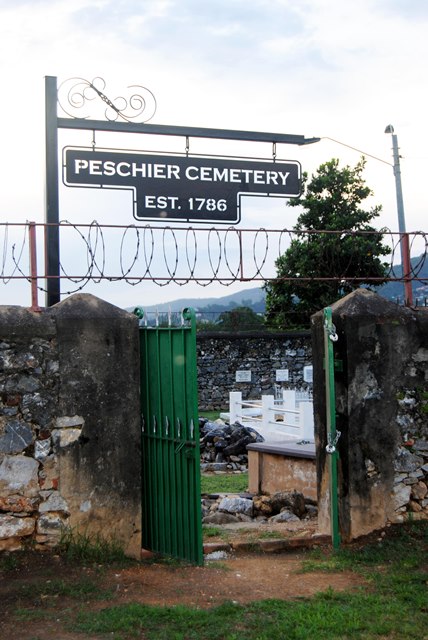Queen’s Park Savannah Sold for $5,000
SINCE the burial of “the grand old man of horse-racing” O.P. Bennett, in the Queen’s Park Savannah last week, Trinidadians have surprisingly, suddenly become aware that there is a cemetery in the Queen’s Park Savannah
And in some cases, those who were shocked to learn that it is people who are buried there. And not racehorses
The Queen’s Park Savannah was an abandoned sugar estate in the 19th century which belonged to the Peschier family.
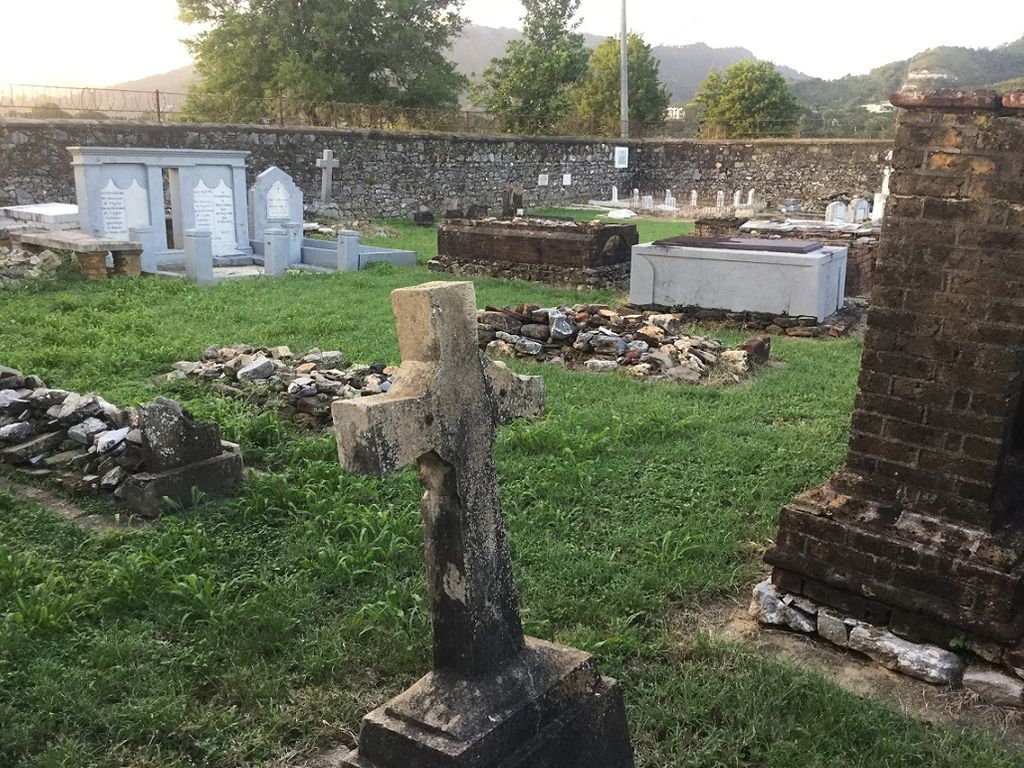
It was called “Paradise Sugar Estate”.
The savannah was bought from the Peschier family by the illustrous Board of Cabildo (a sort of City Council in those days) in 1817 for $5,000.
One of the conditions of the sale, made by the Peschier family was that members of their family would reserve the right to be buried in the cemetery.
And that the owners must always keep the area enclosed and in a clean and neat condition.
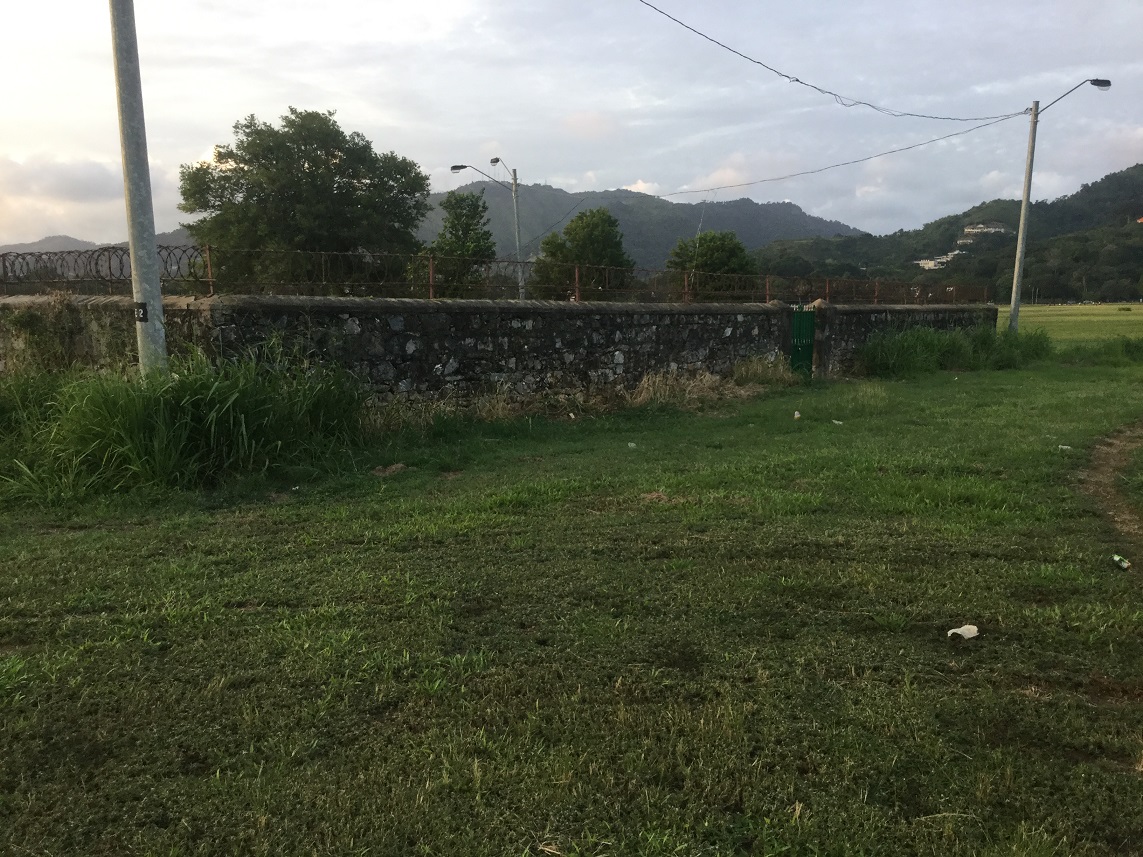
So the Queen’s Park Savannah was not a gift to the people of Port of Spain from the Peschier’s as so many people still think today
In 1821, Government bought over the property and re-named it Queen’s Park
At that time it was the popular grazing ground for cattle and horses.
At then so it was through the years, members of the Peshier family continued to be buried in the savannah cemetery.
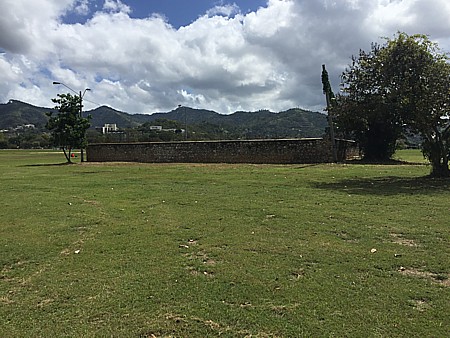
This was extended to include uncles, aunts, cousins and so on and the late O.P. Bennett was a “Peschier”.
Some of the tombstones standing today are mainly in French while others bear descriptions of a family from Scotland.
Another interesting aspect of the history of the savannah was related recently over Radio Trinidad during Kirpalani’s 50th anniversary celebrations.
This information was researched by Radio Trinidad’s Gabriel Francis and he says: ‘Half a century ago, the Trinidad Turf Club found itself in a great deal of trouble over the extent to which it was encroaching on the Queen’s Park Savannah.
The club had not only established the race stand, but was engaged in a vast extent of permanent buildings.
An irate public recalled the time when they had on the Legislative Council men who watched their interests on matters of encroachments.
In 1903 the question was worrying the mind of Mr. P. Marryat, a fearless legislator.
Although he had more personal friends in the Turf Club than in other bodies, he took the public side.
Mr. Marryat’s objection was that by the permanent leaving up of the railings and other apparatus of racing, Mr. Charles Warner’s Ordinance 33 of 1855 for the regulation of racing in the Queen’s Park Savannah was being broken.
As all the paraphenalia had by the ordinance, to be removed within a given time after the races.
Even the race stand only being allowed to remain there from one meeting to another was on sufferance.
In the Legislative Council, the Honourable George Goodwille followed Mr. Marryat and pointed out that the Turf Club was gradually getting what they had distinctly no right to.
An enclosed settlement on the savannah that was over and above what was allowed to any other society organisation.
The Queen’s Park Cricket Club, trying to follow the Turf Club, built a pavilion and enclosed Ground, but had to quit because they had infringed the Law.
About that time, a committee had been appointed to report on the whole matter and to devise regulations which were to be on the model of those governing games in Batersea Park, London.
The good men Marryat and Goodwille got the full support of the public.
Consensus was that if this sort of thing is not taken up from time to time, the country will make up one day and find the Turf Club’s stables reaching All Saints Church.’
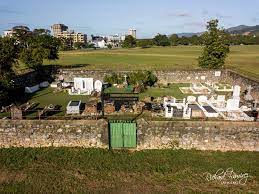
Re-printed from TnT Mirror August 12th 2012





